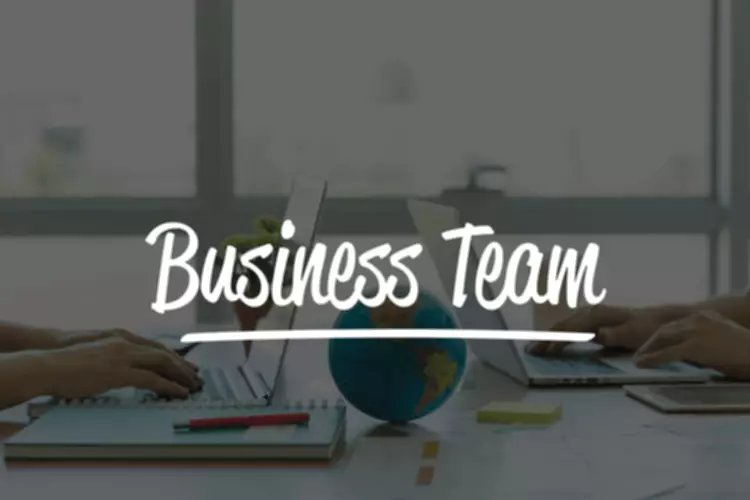Content

It is important to note that some ratios will need information from more than one financial statement, such as from the balance sheet and the income statement. A Balance Sheet contains three parts including assets, liabilities, and shareholder’s equity. This means that money invested in your business entity’s assets is either balance sheet basics provided by the owners or the creditors. Accordingly, the sum total of assets must be equal to the sum total of liabilities and the owner’s equity. Simple Balance Sheetis one of the three fundamental financial statements that give a snapshot of the financial position of your business entity at the end of an accounting period.

That is, what you own and what you owe to creditors and investors of your business entity. Marilyn moves on to explain the balance sheet, a financial statement that reports the amount of a company’s assets, liabilities, and stockholders’ (or owner’s) equity at a specific point in time. Because the balance sheet reflects a specific point in time rather than a period of time, Marilyn likes to refer to the balance sheet as a ”snapshot” of https://www.bookstime.com/ a company’s financial position at a given moment. For example, if a balance sheet is dated December 31, the amounts shown on the balance sheet are the balances in the accounts after all transactions pertaining to December 31 have been recorded. The last component of the balance sheet is owner’s equity, sometimes referred to as net worth. The financial statement should balance, showing assets equaling liabilities plus owner’s equity.
Equity / capital
For example, selling a security or investment for cash makes the asset liquid and “Current”. Non-Current usually means physical assets such as buildings or equipment, which have value, maybe considerable value, but are difficult to sell or turn into ready cash. In the top portion of the balance sheet, companies list their assets. Retained earnings are nothing but the amount remaining after distributing the dividend to the shareholders. In other words, retained earnings is the money not given to shareholders. Rather such money can be utilised for reinvestment, launching a new product, repayment of loan, or mergers and acquisitions.
Difference Between Balance Sheets and Income Statements – businessnewsdaily.com – Business News Daily
Difference Between Balance Sheets and Income Statements – businessnewsdaily.com.
Posted: Fri, 03 Dec 2021 16:50:47 GMT [source]
However, there are high chances that both sides of the balance sheet do not balance in one go; you’ll need to spend a considerable time identifying the problem and rectifying it because you’re doing it. Understanding how to prepare a balance sheetwill enable you to spot potential errors so that you can resolve them before they cause irreversible damage to your business. Here are the steps you can follow to create a basic balance sheet for your small business. If you are interested in learning more about the fundamentals of business operations and finance, you may want to consider getting your MBA online to jump-start your future. When you subtract the returns and allowances from the gross revenues, you arrive at the company’s net revenues. It’s called “net” because, if you can imagine a net, these revenues are left in the net after the deductions for returns and allowances have come out.
How to Read & Understand a Balance Sheet
These can be further grouped into current liabilities and non-current liabilities. Furthermore, the assets, liabilities, and the shareholder’s equity can be further divided into current assets, current liabilities, long-term assets, and long-term liabilities. These vary depending upon the industry you are into and the same terms can mean different things depending on the type of business you are into. It basically showcases your company’s assets, liabilities, and shareholder’s equity as on a specific date. That is, what your company owns, the amount it owes together with the amount that is invested by its shareholders. Such financial statements provide useful information to both internal and external stakeholders regarding financial soundness, performance, and changes in the financial position of a business entity. The statement of retained earnings reports how net income and dividends affected a company’s financial position during the period.
- If a balance sheet doesn’t balance, it’s likely the document was prepared incorrectly.
- If depreciation expense is known, capital expenditure can be calculated and included as a cash outflow under cash flow from investing in the cash flow statement.
- When companies distribute earnings instead of retaining them, these distributions are called dividends.
- In this balance sheet, accounts are listed from least liquid to most liquid .
Non-current assets are assets that are not turned into cash easily, are expected to be turned into cash within a year, and/or have a lifespan of more than a year. They can refer to tangible assets, such as machinery, computers, buildings, and land. Non-current assets also can be intangible assets, such as goodwill, patents, or copyrights. While these assets are not physical in nature, they are often the resources that can make or break a company—the value of a brand name, for instance, should not be underestimated. Current assets have a lifespan of one year or less, meaning they can be converted easily into cash. Such asset classes include cash and cash equivalents, accounts receivable, and inventory.
Financial Statements 101: How to Read and Use Your Balance Sheet
Financial accounting is the process of recording, summarizing and reporting the myriad of a company’s transactions to provide an accurate picture of its financial position. It should not be surprising that the diversity of activities included among publicly-traded companies is reflected in balance sheet account presentations. In these instances, the investor will have to make allowances and/or defer to the experts. Historically, balance sheet substantiation has been a wholly manual process, driven by spreadsheets, email and manual monitoring and reporting. In recent years software solutions have been developed to bring a level of process automation, standardization and enhanced control to the balance sheet substantiation or account certification process. Current assets are cash and those items that are likely to become cash in one year or less, such as inventory, accounts receivable , and notes receivable . For every amount of value that you receive, you in turn, give an amount of value as payment, keeping the company’s books in balance.
- Let’s look at each of the first three financial statements in more detail.
- This account may or may not be lumped together with the above account, Current Debt.
- Each person should consult his or her own attorney, business advisor, or tax advisor with respect to matters referenced in this post.
- Apple is a highly profitable and efficient business that is growing rather quickly even with its large size.
- With that in mind, we can see that Apple has a total of about $382.2 billion in assets on its balance sheet.